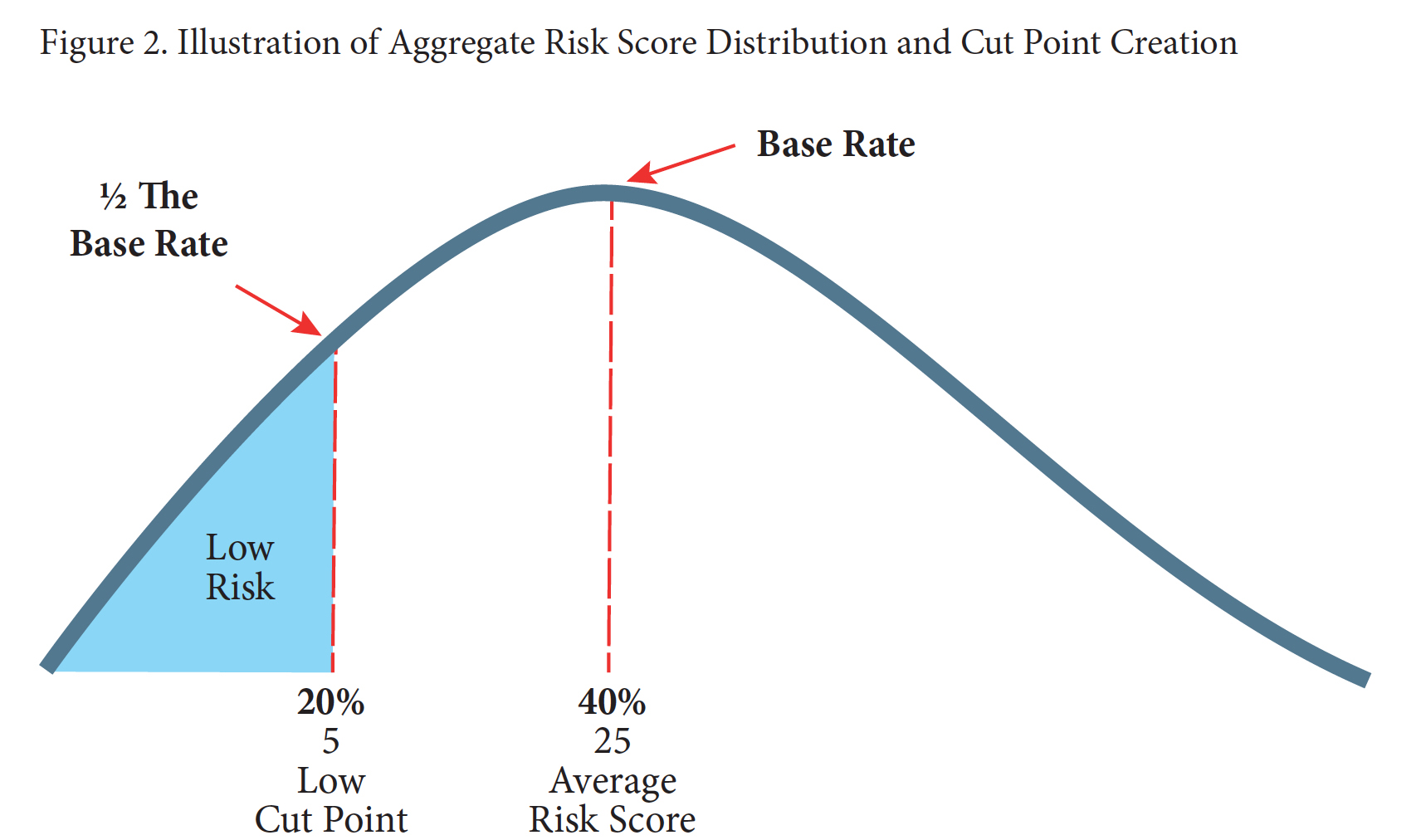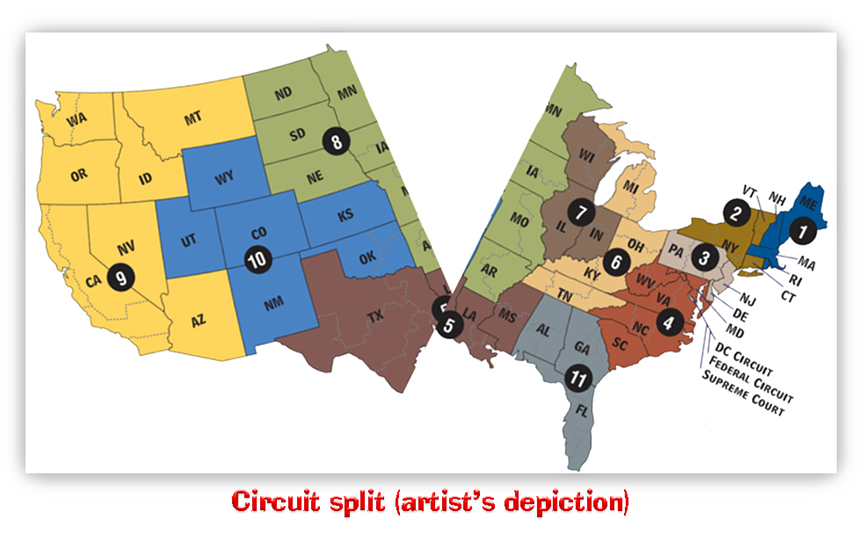We post news and comment on federal criminal justice issues, focused primarily on trial and post-conviction matters, legislative initiatives, and sentencing issues.

DYER STRAITS
Three and a half years ago, the First Step Act became law amid great fanfare. One of the many provisions that held great promise for all concerned was the incentive-based programming scheme, that would let federal inmates earn credits that reduced their sentences for successful completion of programs designed to address their needs.
Such a program would reduce recidivism by ex-felons, thus benefitting both them and society.
 Trust the Federal Bureau of Prisons to turn a high-minded program into a furball. The BOP required almost two years to propose detailed rules for the implementation of the “earned time credit” program, rules which – by the way – were draconian in their application and reasonably calculated to strangle the ETC program before it began.
Trust the Federal Bureau of Prisons to turn a high-minded program into a furball. The BOP required almost two years to propose detailed rules for the implementation of the “earned time credit” program, rules which – by the way – were draconian in their application and reasonably calculated to strangle the ETC program before it began.
It took another 14 months (and a new Administration) for the BOP to finally adopt the rules, which rules – mercifully enough – did an about-face from what was proposed. But those rules, which among other things retroactively credited inmates with credit back to the day the First Step Act passed, created a whole new raft of problems.
Problems for people like Doug Dyer. Doug was on CARES Act home confinement in December 2021 when he filed a petition for habeas corpus, demanding immediate release due to the application of First Step Act earned-time credits to which he claimed entitlement. The BOP had not yet adopted the new rules, and predictably, told the judge that Doug had nothing coming.
 But a month after Doug’s filing the BOP adopted the final ETC rules. Doug (and thousands of other inmates) were credited with 540 ETC days. The same day the rules were adopted, the BOP granted Doug immediate release from home confinement (51 days before his normal release date). The government then moved to dismiss the habeas corpus as being moot, because Doug had gotten what he wanted.
But a month after Doug’s filing the BOP adopted the final ETC rules. Doug (and thousands of other inmates) were credited with 540 ETC days. The same day the rules were adopted, the BOP granted Doug immediate release from home confinement (51 days before his normal release date). The government then moved to dismiss the habeas corpus as being moot, because Doug had gotten what he wanted.
Doug opposed the government’s motion, arguing that because only he could only use 51 days of credit out of the 540 he was awarded, he should get to use the balance to reduce his supervised release time.
The district court agreed, reducing his supervised release by 489 days. The court ruled “the relevant statutory provision provides that ‘[t]ime credits earned under this paragraph by prisoners who successfully participate in recidivism reduction programs or productive activities shall be applied toward time in… supervised release’. 18 U.S.C. § 3632(d)(4)(C). Therefore, the unambiguous, mandatory language of the statute provides that earned-time credits may be applied to a term of supervised release.”
So Doug got a year and a half off his supervised release time (about half of what he was to serve).
I generally don’t criticize a good pro-prisoner decision like this one, but Doug’s court is just plain wrong. The Court hung its hat on 18 U.S.C. § 3632(d)(4)(C), which says
Time credits earned under this paragraph by prisoners who successfully participate in recidivism reduction programs or productive activities shall be applied toward time in prerelease custody or supervised release. The Director of the Bureau of Prisons shall transfer eligible prisoners, as determined under section 3624(g), into prerelease custody or supervised release.

The District Court read this to mean that ETCs could be used to reduce the period of incarceration or supervised release. But the remainder of the subsection not only makes it clear that the term “supervised release” is being used as the alternative to “prerelease custody,” and that the subsection is to be read with reference to 18 U.S.C. § 3624(g).
And here’s the problem. Subsection 3624(g)(3) authorizes the Director of the BOP to “transfer the prisoner to begin any such term of supervised release at an earlier date, not to exceed 12 months, based on the application of time credits under section 3632.” It does not authorize the Director to reduce the term of supervised release at all.
Read in conjunction with § 3624(g)(3), it’s pretty clear that § 3632(d)(4)(C)’s reference to “shall be applied toward time in prerelease custody or supervised release” is intended to mean the three options the BOP has for applying ETC credits: more halfway house or home confinement (the “prerelease custody” option) or release from custody up to 12 months early to begin one’s supervised release.
 Given that no statute authorizes the BOP to reduce a prisoner’s supervised release, it’s hard to figure how a district court can grant habeas corpus to in essence demand that the BOP do so.
Given that no statute authorizes the BOP to reduce a prisoner’s supervised release, it’s hard to figure how a district court can grant habeas corpus to in essence demand that the BOP do so.
No matter. Doug’s supervised release was cut in half. But I strongly doubt that this decision will influence any other district court to do the same for the small subset of inmates in Doug’s position.
The opinion has not been picked up by LEXIS.
Order (ECF 16), Dyer v. Fulgam, Case No. 1:21-cv-299 (E.D. Tenn. May 20, 2022)
– Thomas L. Root
























